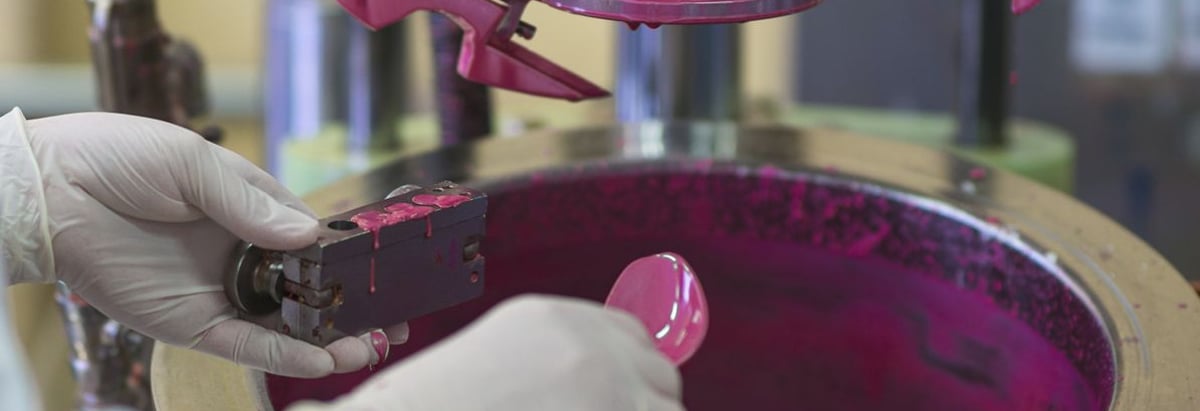Stock Analysis
Evonik Industries (ETR:EVK) Could Be Struggling To Allocate Capital

If we're looking to avoid a business that is in decline, what are the trends that can warn us ahead of time? Businesses in decline often have two underlying trends, firstly, a declining return on capital employed (ROCE) and a declining base of capital employed. This indicates the company is producing less profit from its investments and its total assets are decreasing. On that note, looking into Evonik Industries (ETR:EVK), we weren't too upbeat about how things were going.
Return On Capital Employed (ROCE): What Is It?
If you haven't worked with ROCE before, it measures the 'return' (pre-tax profit) a company generates from capital employed in its business. Analysts use this formula to calculate it for Evonik Industries:
Return on Capital Employed = Earnings Before Interest and Tax (EBIT) ÷ (Total Assets - Current Liabilities)
0.048 = €775m ÷ (€20b - €4.3b) (Based on the trailing twelve months to March 2024).
So, Evonik Industries has an ROCE of 4.8%. Ultimately, that's a low return and it under-performs the Chemicals industry average of 7.8%.
Check out our latest analysis for Evonik Industries
In the above chart we have measured Evonik Industries' prior ROCE against its prior performance, but the future is arguably more important. If you'd like to see what analysts are forecasting going forward, you should check out our free analyst report for Evonik Industries .
What Does the ROCE Trend For Evonik Industries Tell Us?
In terms of Evonik Industries' historical ROCE movements, the trend doesn't inspire confidence. To be more specific, the ROCE was 7.4% five years ago, but since then it has dropped noticeably. On top of that, it's worth noting that the amount of capital employed within the business has remained relatively steady. Companies that exhibit these attributes tend to not be shrinking, but they can be mature and facing pressure on their margins from competition. So because these trends aren't typically conducive to creating a multi-bagger, we wouldn't hold our breath on Evonik Industries becoming one if things continue as they have.
The Bottom Line
In summary, it's unfortunate that Evonik Industries is generating lower returns from the same amount of capital. Investors must expect better things on the horizon though because the stock has risen 1.6% in the last five years. Either way, we aren't huge fans of the current trends and so with that we think you might find better investments elsewhere.
On a final note, we've found 1 warning sign for Evonik Industries that we think you should be aware of.
While Evonik Industries may not currently earn the highest returns, we've compiled a list of companies that currently earn more than 25% return on equity. Check out this free list here.
Valuation is complex, but we're here to simplify it.
Discover if Evonik Industries might be undervalued or overvalued with our detailed analysis, featuring fair value estimates, potential risks, dividends, insider trades, and its financial condition.
Access Free AnalysisHave feedback on this article? Concerned about the content? Get in touch with us directly. Alternatively, email editorial-team (at) simplywallst.com.
This article by Simply Wall St is general in nature. We provide commentary based on historical data and analyst forecasts only using an unbiased methodology and our articles are not intended to be financial advice. It does not constitute a recommendation to buy or sell any stock, and does not take account of your objectives, or your financial situation. We aim to bring you long-term focused analysis driven by fundamental data. Note that our analysis may not factor in the latest price-sensitive company announcements or qualitative material. Simply Wall St has no position in any stocks mentioned.
About XTRA:EVK
Evonik Industries
Produces specialty chemicals in the Asia-Pacific, Europe, the Middle East, Africa, Central and South America, and North America.


